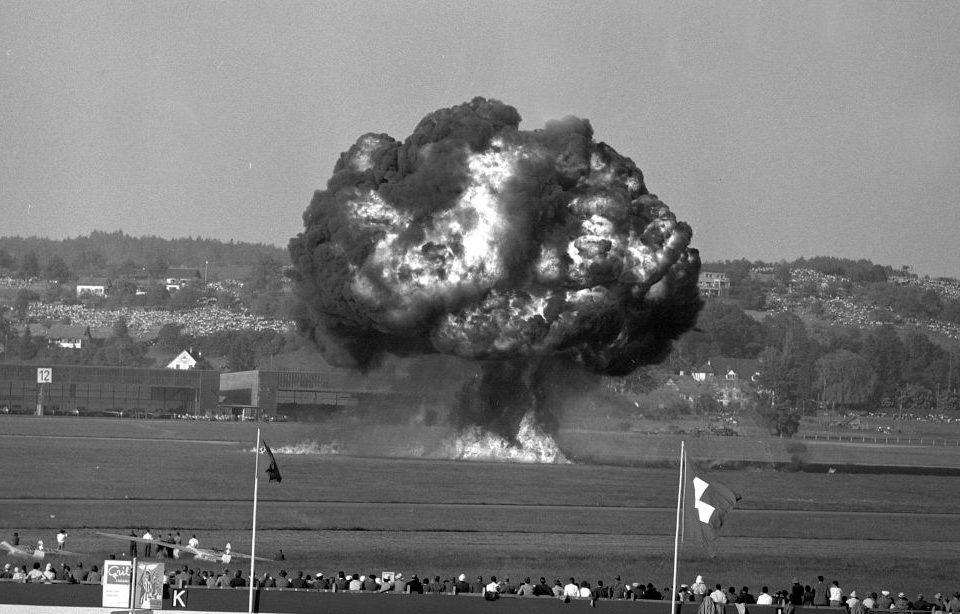The use of fire in warfare is horrific and terrifying. It’s also nothing new. The ancient Greeks used petroleum-based fire weapons, referred to as “sticky fire,” while the US used a similar weapon during World War II. Japanese control of the world’s rubber supply, however, forced chemists to get creative with future chemical weapons – the result was napalm.
The development of napalm
Around the time of the Second World War, Japan took control of Malay, Vietnam, Indonesia and Thailand, all of which were responsible for the lion’s share of the world’s rubber production.
Synthetic napalm was first developed by a Harvard University team led by Louis Fieser. As author Sven Lindqvist noted, “The production of napalm was first entrusted to Nuodex Products, and by the middle of April 1942 they had developed a brown, dry powder that was not sticky by itself, but when mixed with gasoline turned into an extremely sticky and flammable substance.”
One of Fieser’s colleagues later suggested adding phosphorus to the concoction, which increased the “ability to penetrate deeply… into the musculature, where it would continue to burn day after day.”
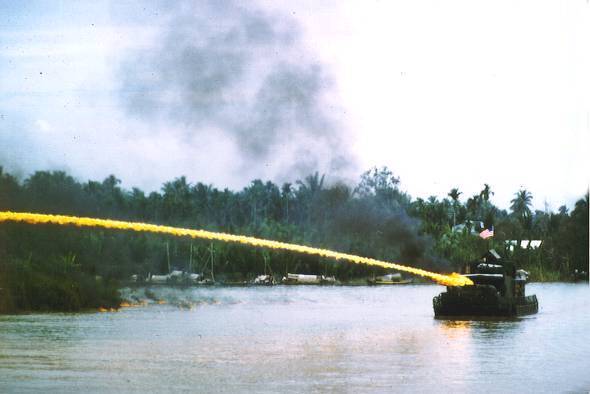
It didn’t take long for the new invention to be tested. Fieser worked with the US Chemical Warfare Service on his invention, with testing conducted at the Jefferson and Dugway proving grounds, the latter of which featured structures built to mimic those found in Japanese and German towns.
. By the end, the chemical had the following features:
- It burned between 1,470 and 2,190 degrees Fahrenheit. (In contrast, gasoline burns at 495 degrees.)
- It burned longer than gasoline
- It was easily dispersed and stuck, with fury, to anything it hit
Napalm is used in World War II, Korea and Vietnam
It wasn’t long after it was developed that napalm was being used overseas. In WWII, planes dropped napalm bombs from the air to support troops on the ground, and could also be deployed from flamethrowers. The weapon was often used when the opposition was deeply dug into their position.
The first strategic use of napalm was during an attack on Berlin by the US Army Air Forces in March 1944, and its use continued into the Pacific Theater. The Allies used it during bombings of Japanese tunnels, bunkers and pillboxes.
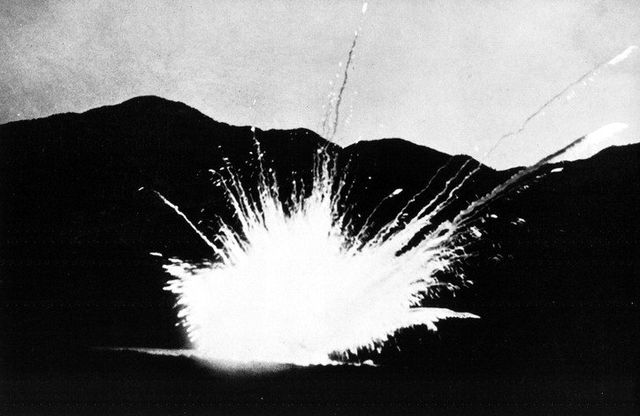
The Korean War saw napalm used regularly. US troops on the ground were regularly outnumbered by the opposing forces, but were in control of the skies. Napalm B was used from the air to make up for the deficiencies on the ground, with its most notable use being during the “Outpost Harry” battle in June 1953.
The US was criticized for using such a horrific weapon in the theater of war. Among those critiquing its use was British Prime Minister Winston Churchill, who called napalm “very cruel” and accused the US of “torturing great masses of people.”
The US, again, heavily used napalm during the Vietnam War. This time around, there were multiple reasons behind the tactic. Not only was the weapon effective – napalm dropped from low-flying aircraft can cover up to 2,500 square yards – there was also a psychological use, as well. The concept of being burned alive is terrifying and the US counted on this fear over the course of the conflict.
It’s estimated 388,000 tons of napalm was dropped on Vietnam between 1963-73, targeting not just troops and tanks, but the jungles and railroad tunnels in which the Viet Cong hid.
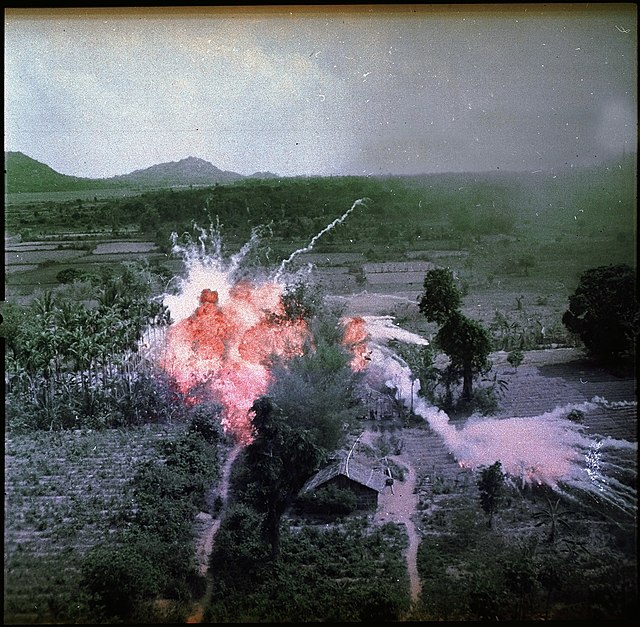
America weren’t the only country to use napalm in battle. The French also utilized it during the First Indochina War in the late 1940s and early 1950s. It was also deployed by the Rhodesian Air Force during the country’s bush war, and saw use by other forces during such conflicts as the Algerian War, the Six-Day War, and the Portuguese Colonial War, among others.
Continued criticism of the use of napalm
In 1972, a famous photo was released of a nine-year-old Vietnamese girl named Phan Thị Kim Phúc, who’d been burned by napalm. She was initially expected to die from her wounds, but survived and later became an activist for children who are the victims of war.
Nicholas Ut took the photograph and later won the Pulitzer Prize for his work.
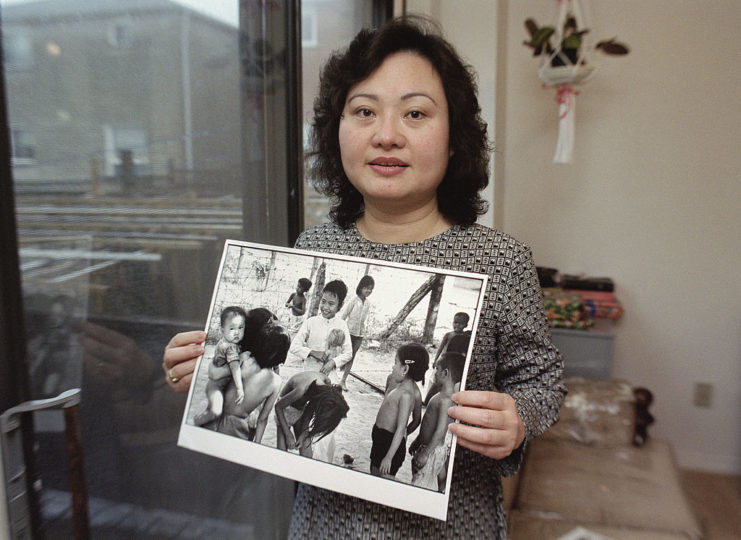
The photo offered the general public the first real glimpse at the devastating effects of napalm. President Richard Nixon claimed the scene had been a set-up, to which Ut said:
“Even though it has become one of the most memorable images of the twentieth century, President Nixon once doubted the authenticity of my photograph when he saw it in the papers on 12 June 1972… The picture for me and unquestionably for many others could not have been more real. The photo was as authentic as the Vietnam War itself.
“The horror of the Vietnam War recorded by me did not have to be fixed. That terrified little girl is still alive today and has become an eloquent testimony to the authenticity of that photo. That moment thirty years ago will be one Kim Phúc and I will never forget. It has ultimately changed both our lives.”
While its use remains controversial, napalm is not banned
The use of napalm is heavily discouraged, but not outlawed for use against military targets. It is, however, banned for use against civilian populations by the United Nations’ Convention on Certain Conventional Weapons.
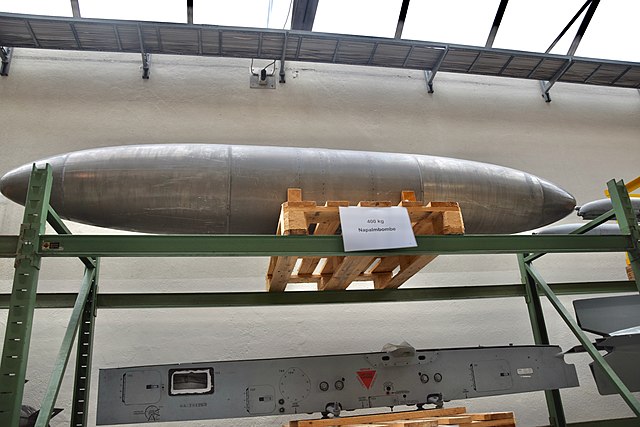
While the use of the weapon is uncommon these days, there are still reports of it being employed. In 2018, Turkey was accused of using napalm against Kurdish forces, but the country’s government denied this.
